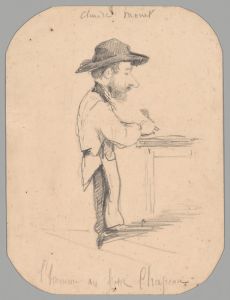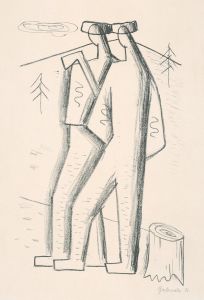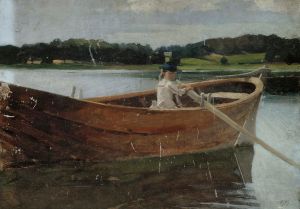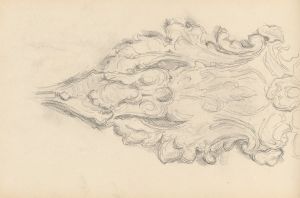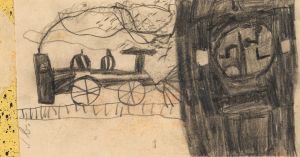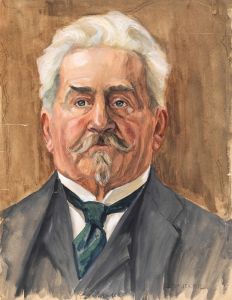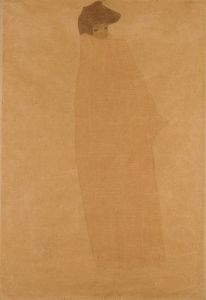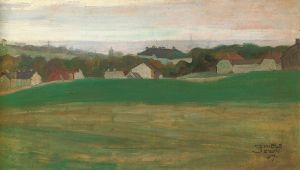
Studienblatt Männerakte
A hand-painted replica of Egon Schiele’s masterpiece Studienblatt Männerakte, meticulously crafted by professional artists to capture the true essence of the original. Each piece is created with museum-quality canvas and rare mineral pigments, carefully painted by experienced artists with delicate brushstrokes and rich, layered colors to perfectly recreate the texture of the original artwork. Unlike machine-printed reproductions, this hand-painted version brings the painting to life, infused with the artist’s emotions and skill in every stroke. Whether for personal collection or home decoration, it instantly elevates the artistic atmosphere of any space.
"Studienblatt Männerakte" (Study Sheet of Male Nudes) is a drawing by the Austrian painter Egon Schiele, created in 1910. Schiele, a protégé of Gustav Klimt, is known for his intense and often provocative depictions of the human form, and this work is a prime example of his exploration of the male nude.
Egon Schiele was born on June 12, 1890, in Tulln an der Donau, Austria. He showed an early talent for drawing and attended the Vienna Academy of Fine Arts. However, Schiele found the academy's conservative approach stifling and left in 1909 to pursue a more avant-garde style. He was heavily influenced by the Secessionist movement and its leader, Gustav Klimt, who became a mentor to him.
"Studienblatt Männerakte" is a testament to Schiele's fascination with the human body and his skill in capturing its raw, unidealized form. The drawing features several male figures in various poses, rendered with Schiele's characteristic sharp lines and expressive contours. The figures are often depicted in contorted, almost uncomfortable positions, which was a hallmark of Schiele's style. This approach was part of his broader interest in exploring the psychological and emotional states of his subjects, rather than merely their physical appearance.
The drawing is executed in pencil and gouache on paper, a medium that allowed Schiele to achieve a high level of detail and precision. The use of gouache adds a subtle depth and texture to the figures, enhancing their three-dimensionality. Schiele's technique involves a combination of delicate, almost tentative lines and more assertive, bold strokes, creating a dynamic tension within the composition.
"Studienblatt Männerakte" reflects Schiele's preoccupation with themes of sexuality, identity, and the human condition. His work often challenged contemporary norms and provoked controversy, leading to accusations of obscenity and even a brief imprisonment in 1912. Despite this, Schiele continued to push the boundaries of artistic expression, and his work gained recognition for its emotional intensity and innovative approach.
The drawing is part of a larger body of work that includes numerous studies of both male and female nudes. These studies were not merely academic exercises but were integral to Schiele's artistic vision. He sought to capture the essence of his subjects, often portraying them in a stark, almost confrontational manner. This unflinching approach set him apart from many of his contemporaries and has cemented his place as a key figure in early 20th-century art.
Egon Schiele's career was tragically cut short when he died of the Spanish flu on October 31, 1918, at the age of 28. Despite his brief career, he left behind a substantial body of work that continues to be celebrated for its originality and emotional depth. "Studienblatt Männerakte" remains an important piece within his oeuvre, exemplifying his unique approach to the human figure and his enduring impact on the art world.







